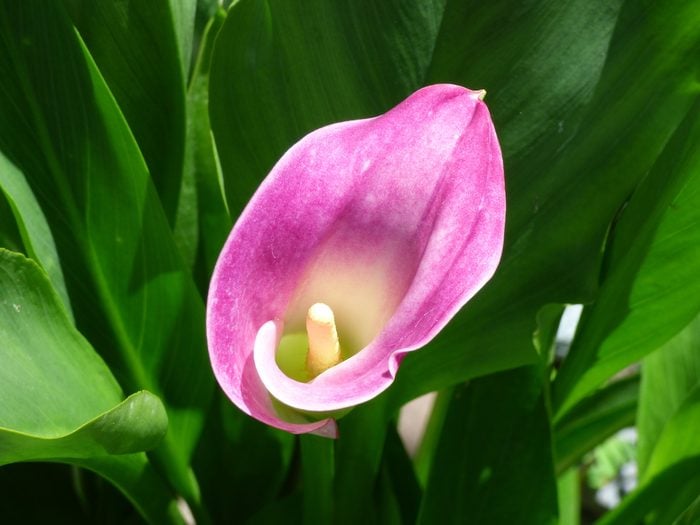
Calla Lily
It’s one of the most common houseplants and a popular cutting flower, coming in multiple colors from white to purple. But no matter what variety you grow, calla lilies aren’t safe for dogs. Check out poisonous plants cats owners should avoid.
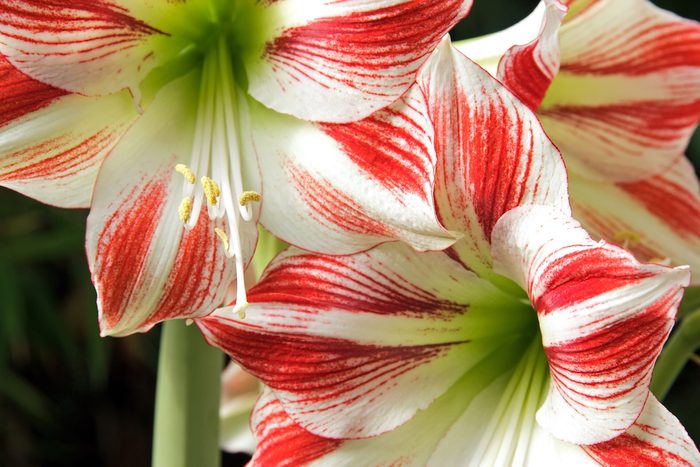
Amaryllis
This blooming winter bulb stuns on a Christmas table but, much like the holiday ham, don’t let your dogs have a bite. Members of the amaryllis family contain lycorine and other toxic substances.
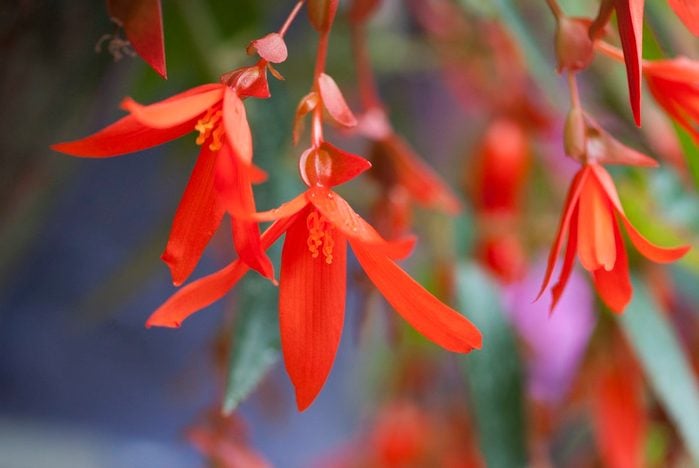
Begonia
Although its most toxic parts are underground, it’s still best to keep begonias out of reach of your pets. They cause vomiting in dogs and cats and can be even more dangerous for horses and grazing animals.
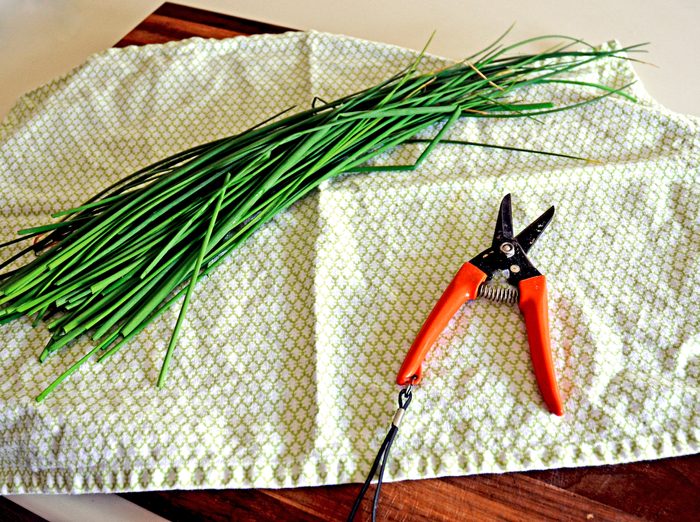
Chives
Chives add flavor to any dish, but don’t sprinkle them on your dog’s food. It’s toxic in certain quantities just like other alliums, including onions and garlic. P.S. Other kitchen herbs you want to avoid include mint, oregano and tarragon.
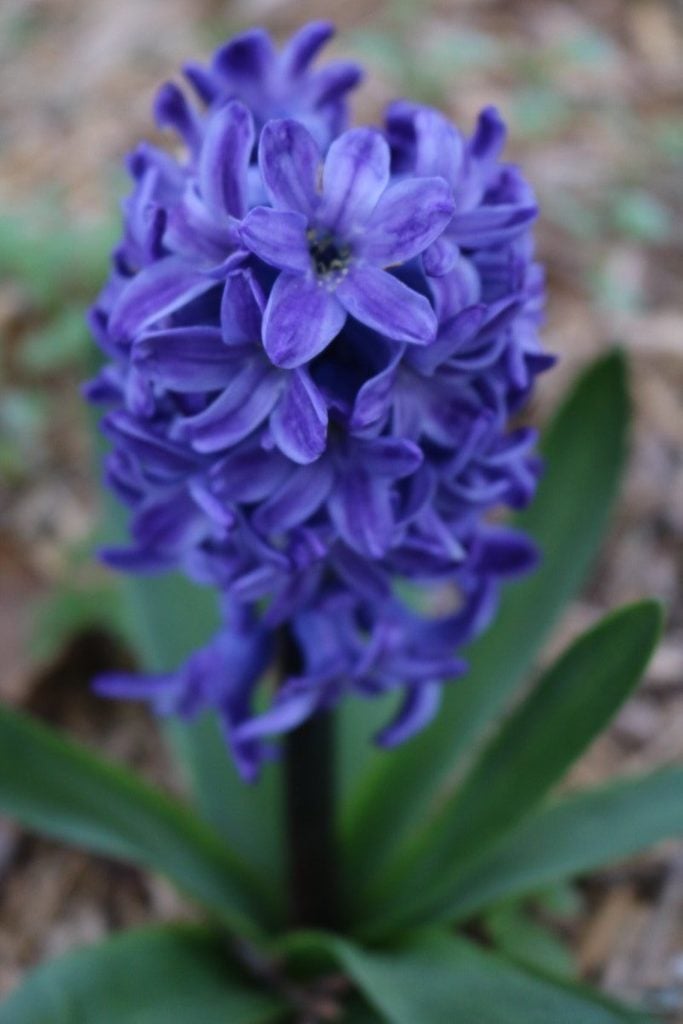
Hyacinth
These early spring flowers bring color to windowsills, sometimes well before outdoor flowers start to bloom. But, unfortunately, these plants are toxic to both dogs and cats.
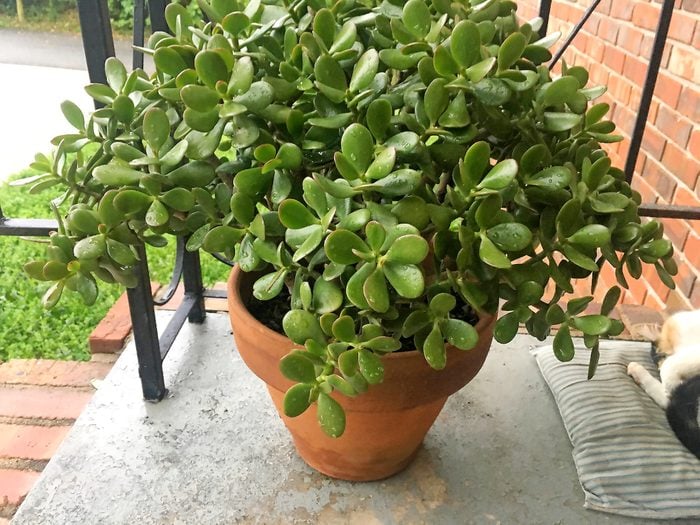
Jade
These easy-going succulents, sometimes called rubber plants, are a no-no for dog owners. It’s not well understood what makes the plants toxic, but they can cause vomiting, depression and poor coordination in dogs. Learn surprising facts about succulents.
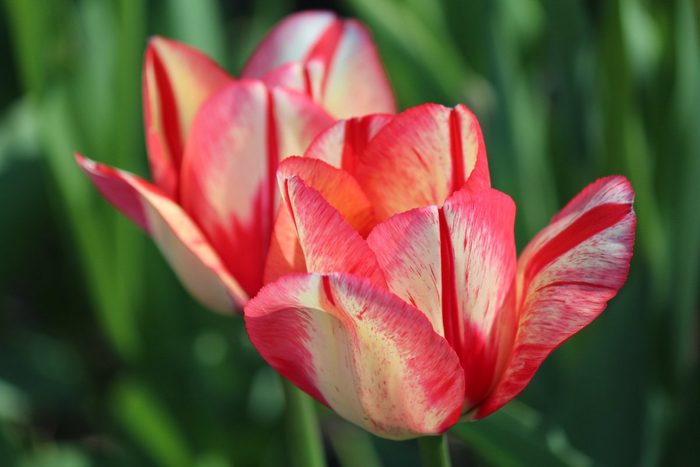
Tulips
Growing tulips indoors is a fun project, but dog lovers should look for other entertainment. Luckily, most of the toxins are in the bulb, but animals can still get sick from chewing on the foliage above the soil.
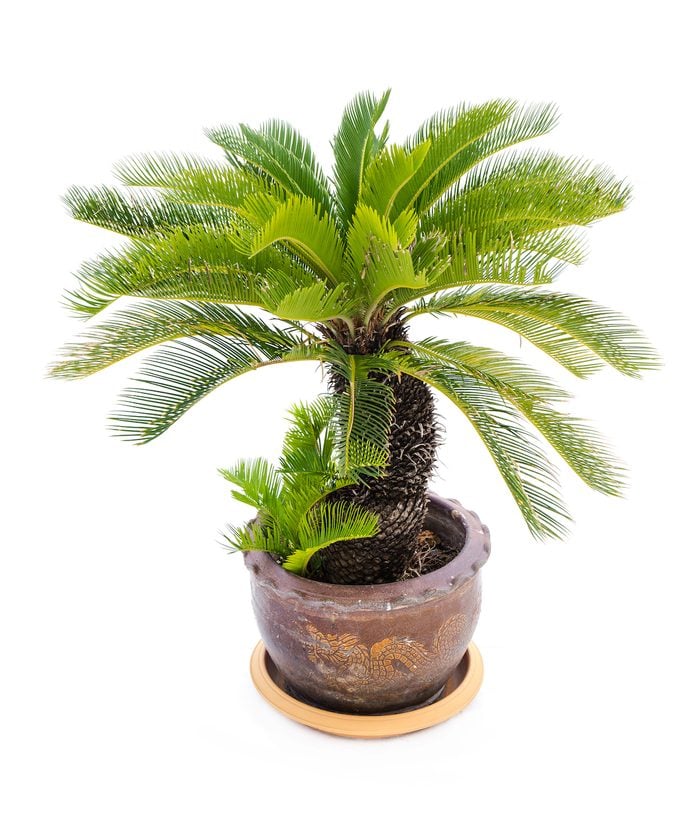
Sago Palm
These palms give indoor spaces a tropical feel, but it’s no vacation for man’s best friend. The fronds cause serious problems for curious dogs. If you’re new at gardening, try these low-maintenance houseplants.
